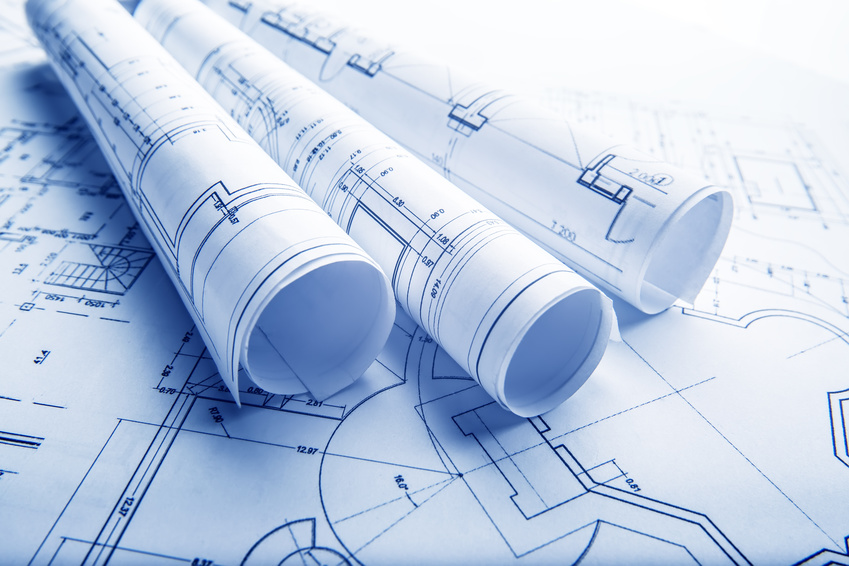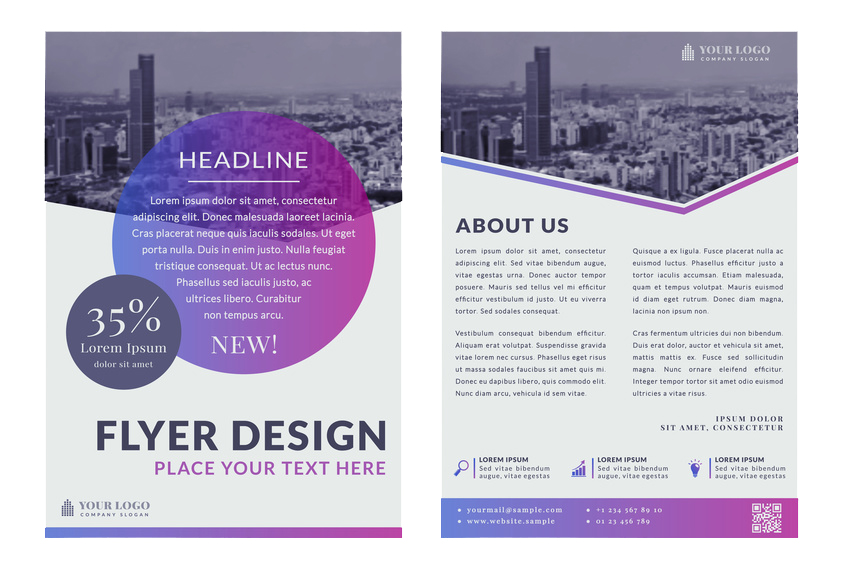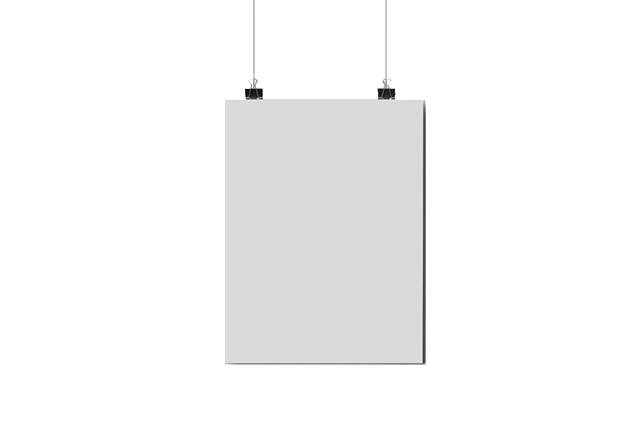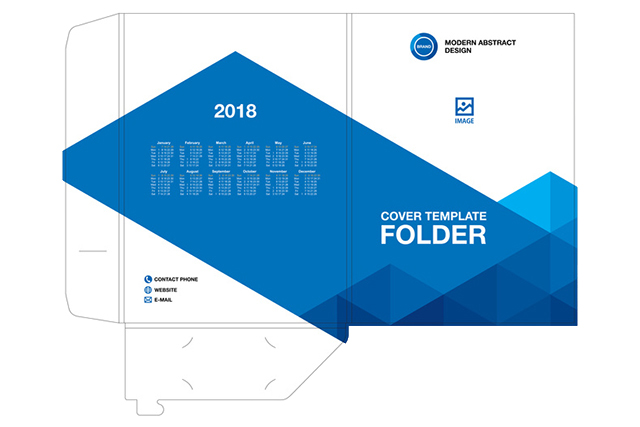


What are Blueprints Used for?
Blueprints have been produced in a variety of ways since the 1800s, when they had white lines on blue backgrounds. Today, blueprints are usually produced and printed digitally using black lines on a white background. The applications of blueprints, however, have remained focused on architectural and manufacturing industries.
Architectural Blueprints
Architectural blueprints define the materials and construction methods that contractors use to make buildings. Materials are ordered and distributed based on the blueprints, which tradespeople use to construct according to the drawings and data shown. While creation and modification of these blueprints are generally handled on computers today, the printouts remain essential to precise carpentry, plumbing, electrical, and other work in the field.
Manufacturing Blueprints
In all areas of manufacturing, blueprints guide the production process from parts selection to assembly. Skilled workers use blueprints not only to determine appropriate production methods, but also to visualize how the end product will work in conjunction with any adjoining parts. After production is finished, the dimensions detailed on blueprints are used to ensure that tolerances meet the requirements of the client. Other critical information, such as revision history, is also printed on blueprints so that manufacturers can verify that instructions are current.
Blueprints are carefully protected in the field to avoid obfuscation of graphical and textual information. Similarly, the blueprint printing process should be performed by qualified printers using high-quality equipment, so that the result will satisfy requirements. To learn more about our blueprint services and options, clients can contact our print office.
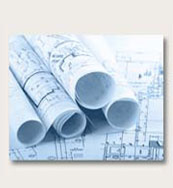
You can make your order in person at our office, online or by phone, and we will ship the completed order to you. We provide shipping for the following cities:
9130 B. Reseda Blvd., Northridge, CA 91324
- Free Pickup & Delivery
On Orders Over $250 Los Angeles County Only
- OPEN 6 Days a Week


















